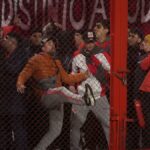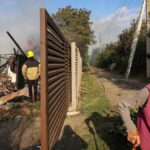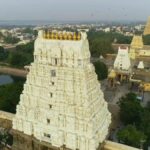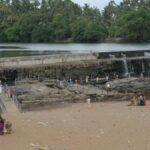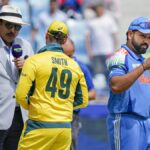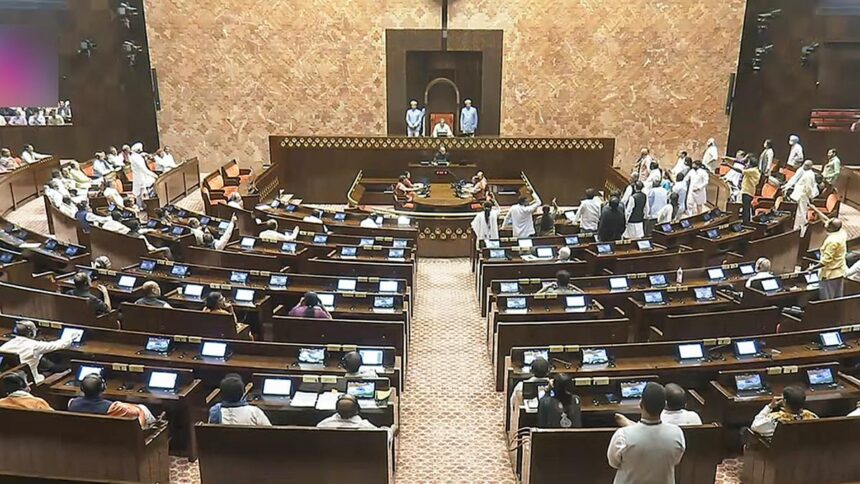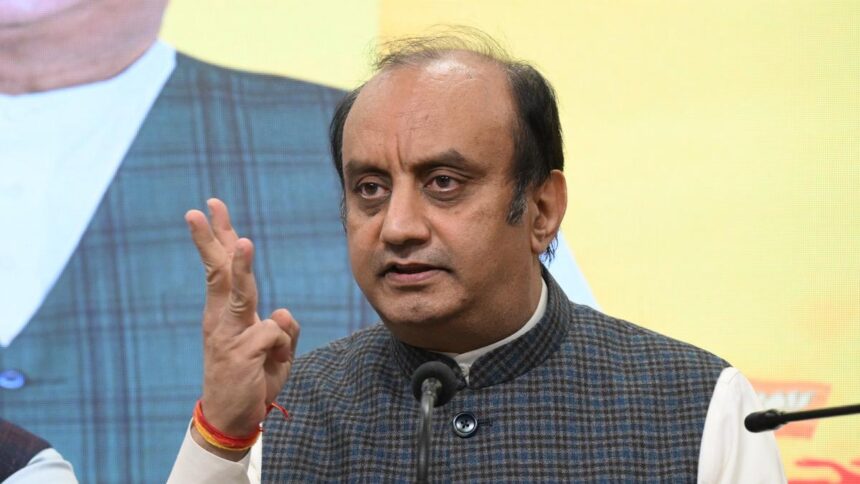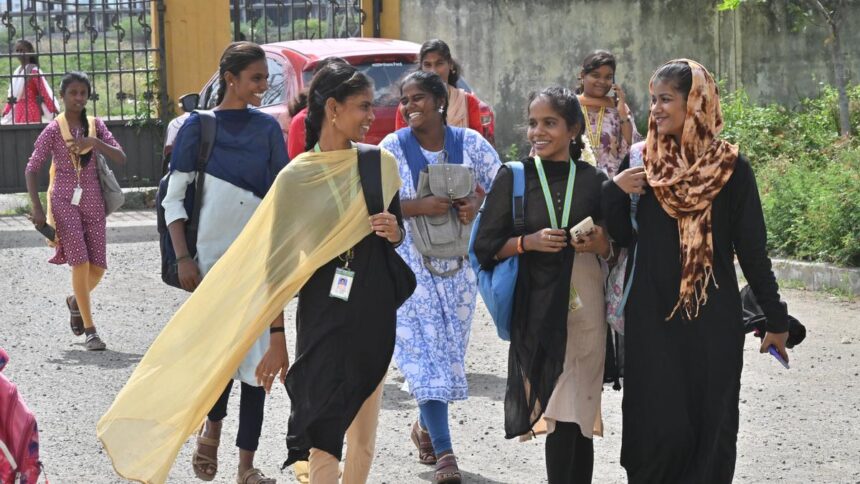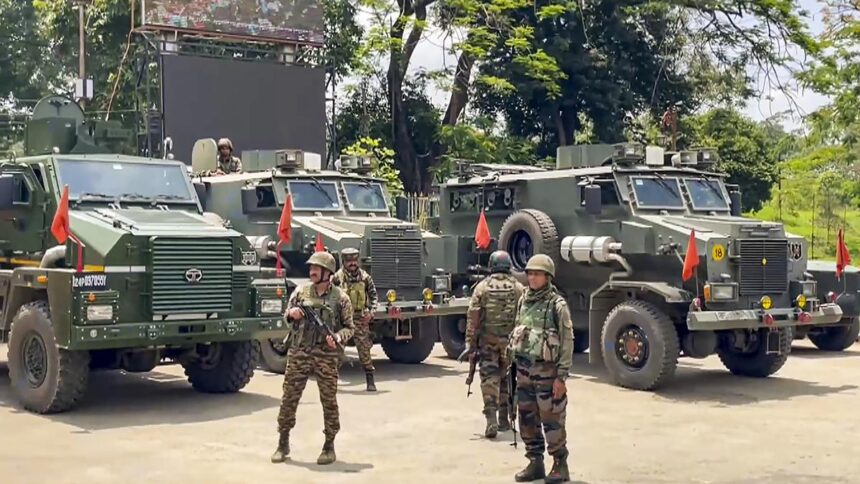It has been 50 years since the Emergency was imposed on June 25, 1975. It lasted all of 21 months, coming to an end on March 21, 1977. Its impact, however, has lasted longer. The Emergency era remains fresh in the minds of the public, with politicians and academics invested in the constitution and polity of the nation.
“The long 1970s were the hinge on which the contemporary history of India turned, transforming the young postcolonial country into today’s India,” author Srinath Raghavan said in a recent interview with The Hindu. His book Indira Gandhi and the Years That Transformed India is only one of many recent works aiming to demystify these years and what transpired. Only recently, Coomi Kapoor’s The Emergency: A Personal History received an uncertain Bollywood treatment in the form of Kangana Ranaut’s similarly titled film, which received a lukewarm response.
As several narratives exist — political, academic, imaginative — there exist some undeniable facts and turning points during this era. We take a look at some images published by The Hindu, which sought to capture the zeitgeist — before, during and after the Emergency era.
Also read: Revisiting a dark chapter: 50th anniversary of Emergency declaration
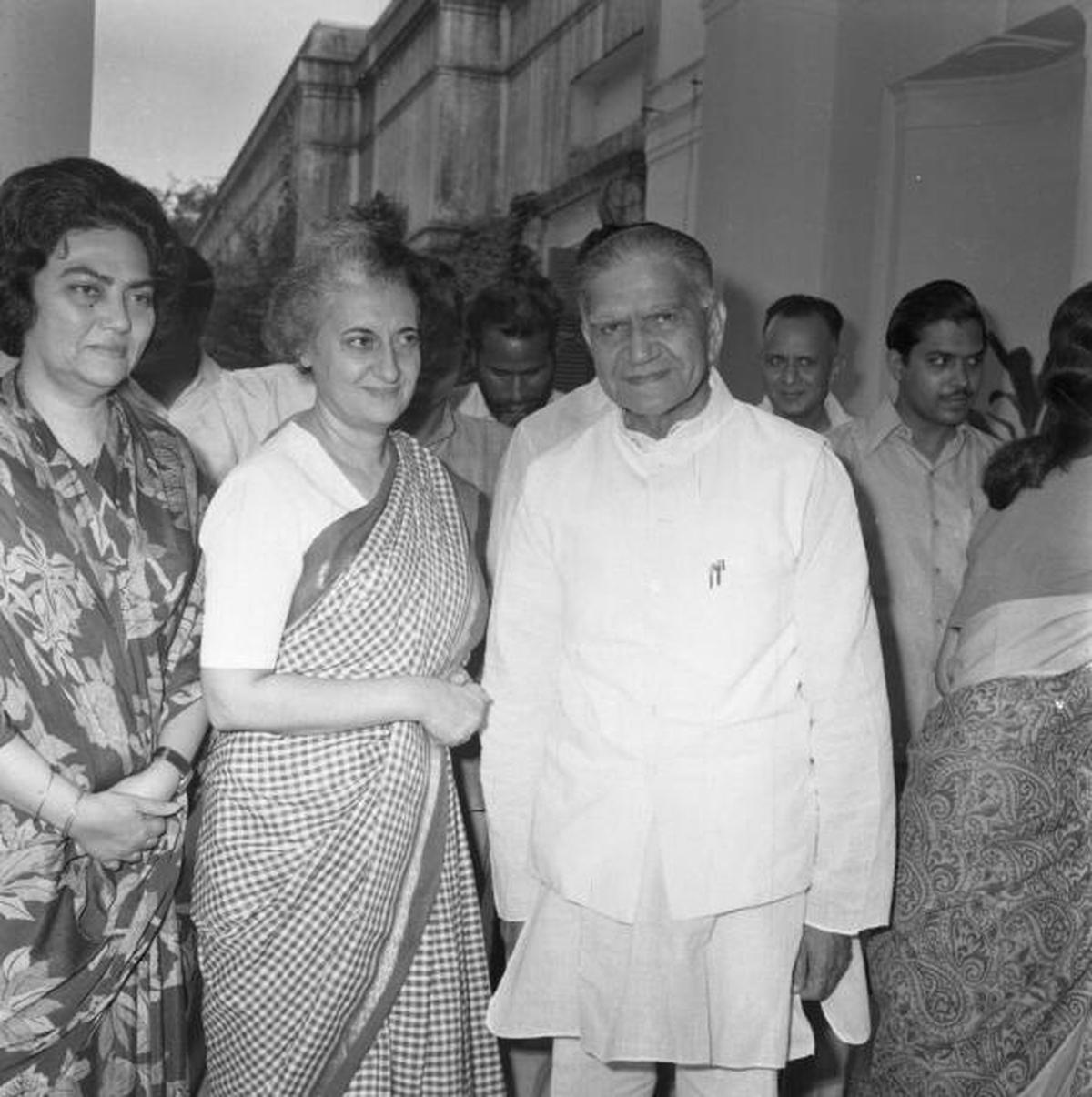
ARCHITECTS OF THE EMERGENCY: Prime Minister Indira Gandhi with President Fakhruddin Ali Ahmed, when she called on him on August 21, 1974. Mrs. Ahmed is at left. On her cabinet’s advice, President Fakhruddin Ali Ahmed proclaimed Emergency under Article 352 citing “internal disturbances”. Photo: The Hindu Archives
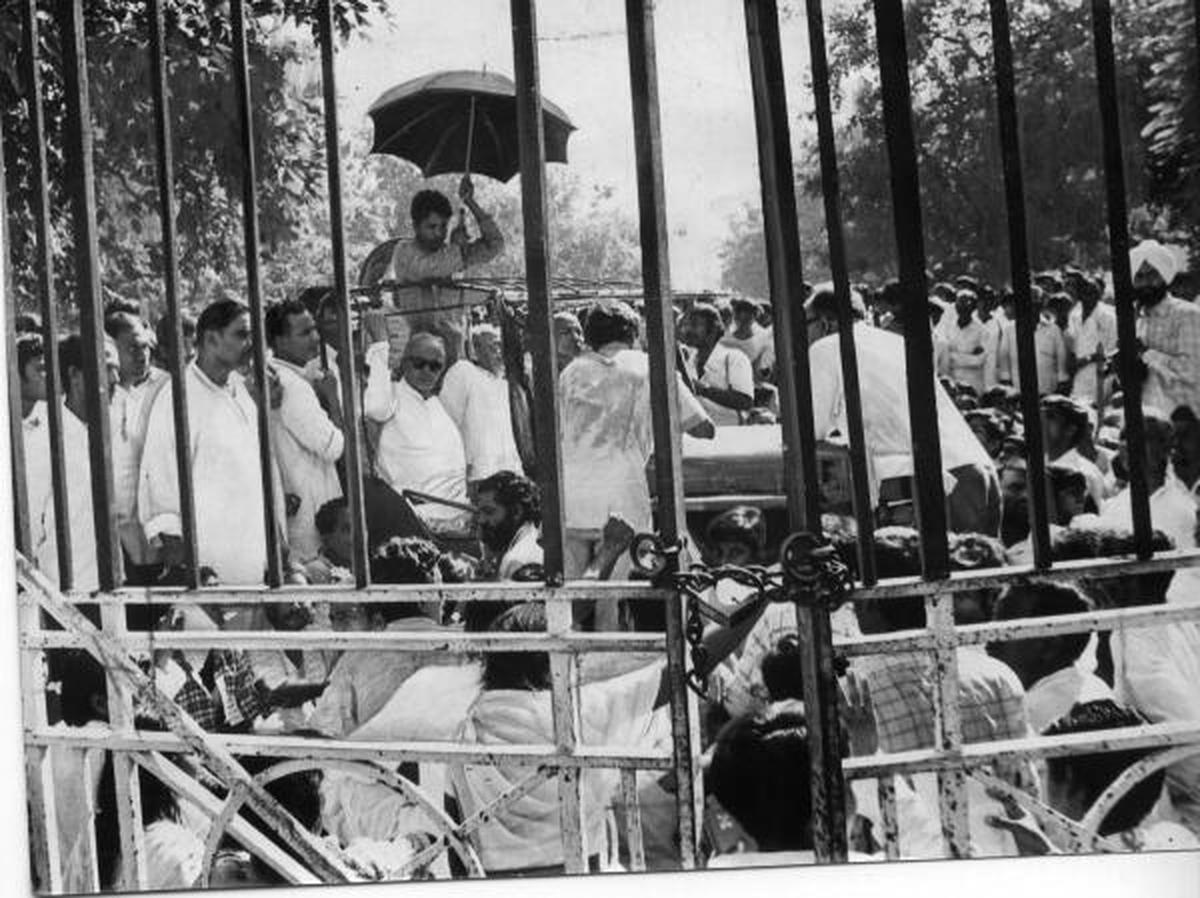
THE MARCH THAT SHOOK MRS. GANDHI: Socialist leader Jayaprakash Narayan is seen seated outside the locked gate of the Patna Secretariat while leading the anti-corruption movement in Bihar in October 1974. As JP began touring more states, he also united several anti-Congress parties and the protests against Indira Gandhi government grew, which was seen as a prime reason for her recommending the Emergency. Photo: The Hindu Archives
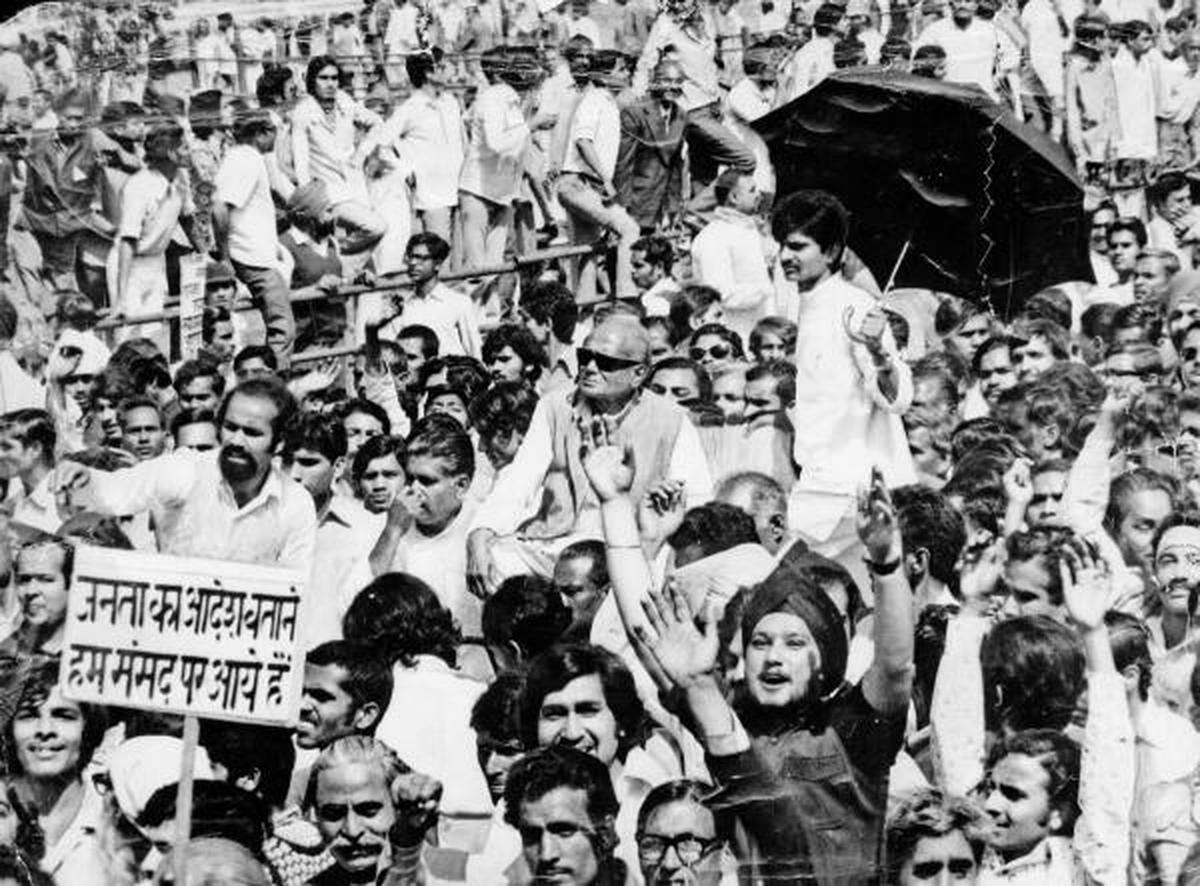
JP’s MOVEMENT: JP leading a ‘march to Parliament’ in Delhi in March 1975. His movement brought an end to the Congress rule at the Centre for the first time in 1977. Different political parties came together under the banner of his Janata Party to provide the country its first non-Congress government. Photo: The Hindu Archives
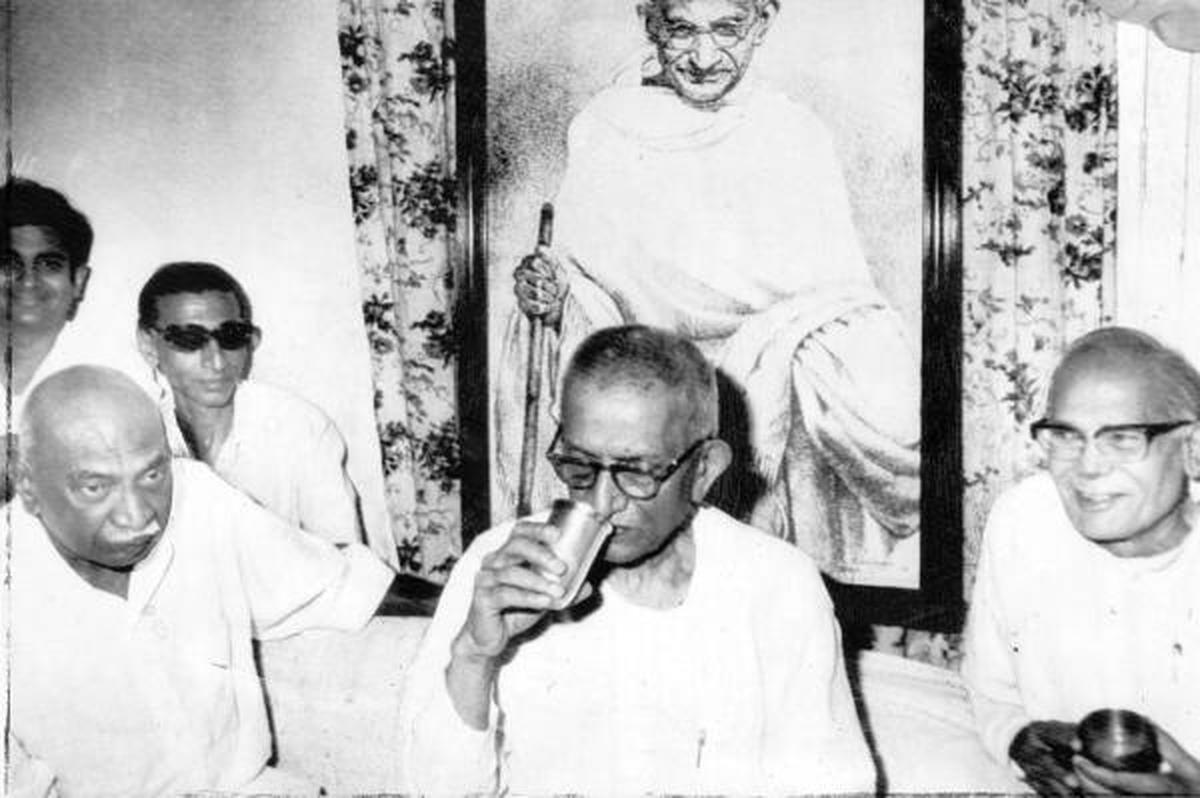
GUJARAT REVOLT: Morarji Desai (centre) sat on an indefinite fast to press for early election in Gujarat. Elections were held in June and for the first time and the only time, Gujarat threw a hung Assembly verdict. Two weeks later, Emergency was imposed.
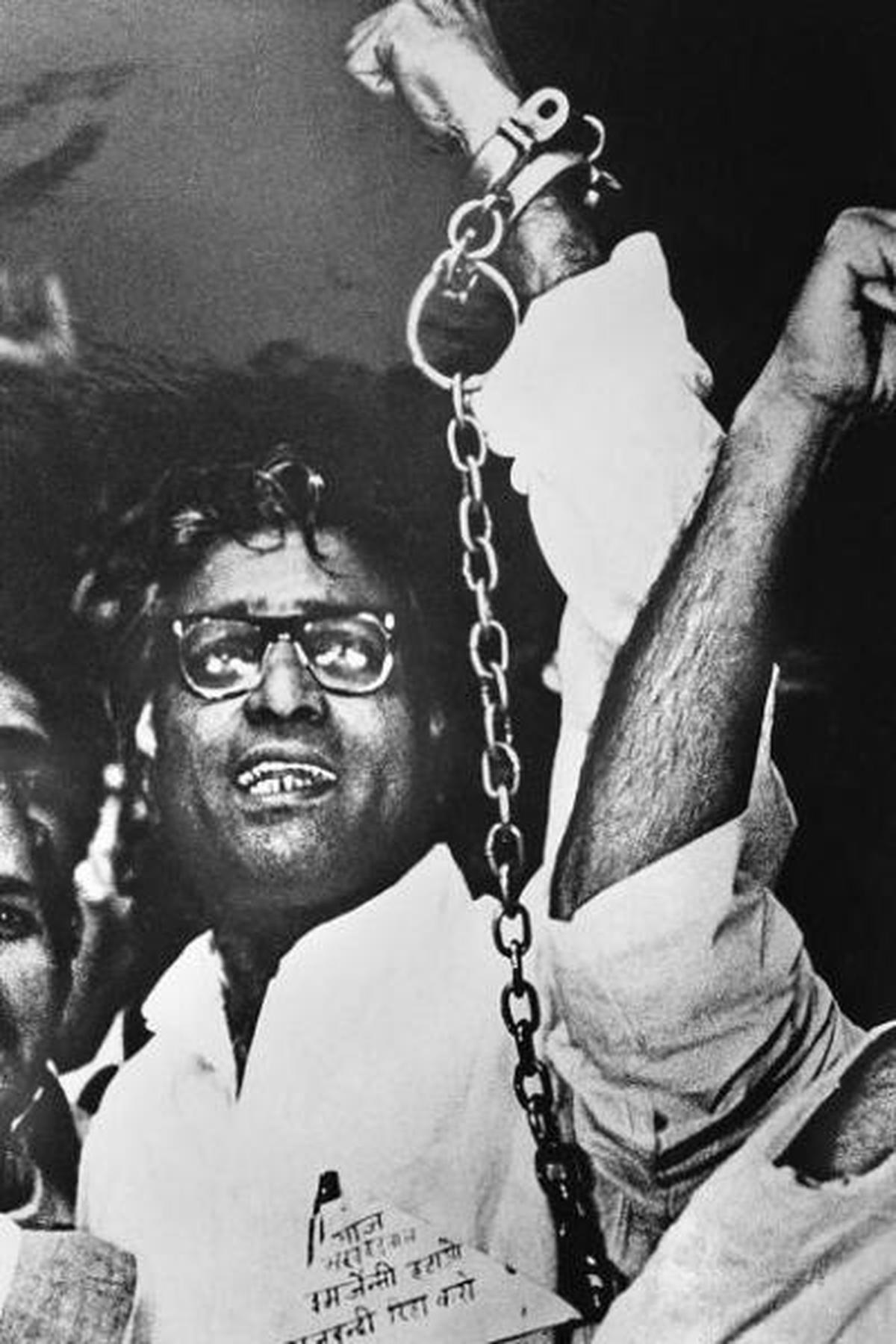
RAILWAYS STRIKE: This image, which later became a symbol of the state of Emergency, was taken when trade union leader George Fernandes was arrested during the all India railway strike in May 1974. Fernandes led the agitation demanding pay revision and eight-hour work shifts for railway workers. Despite his arrest, about 70% of railway workers stayed off from work, bringing the country’s largest PSU to a standstill.
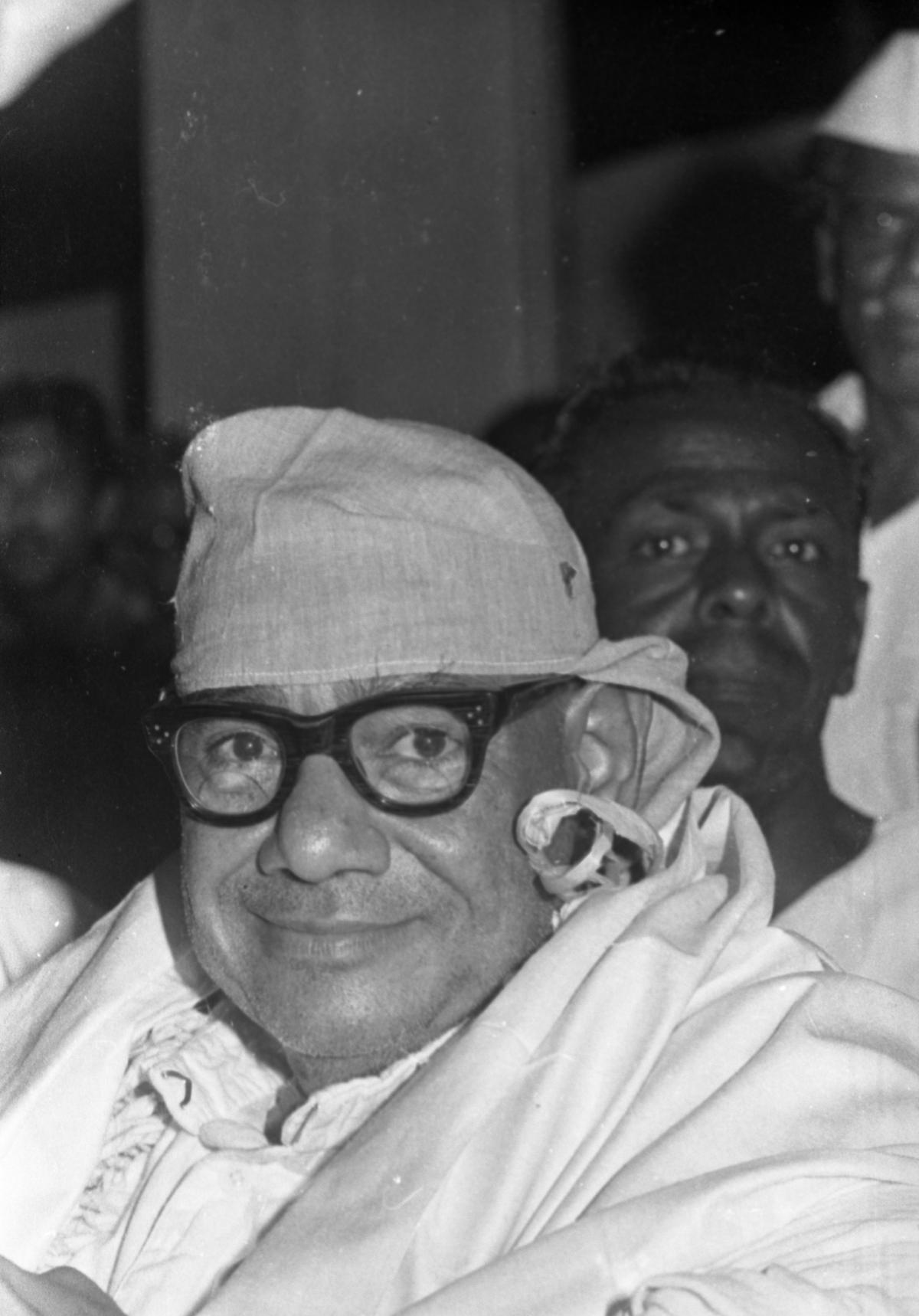
Photo:
S_KOTHANDARAMAN
A LEGAL BATTLE LOST: Indira Gandhi lost the legal battle in the Allahabad High Court in a petition filed by Raj Narain (in picture), challenging her election in 1971 from Rae Bareli in Uttar Pradesh. The conviction meant she ceases to be an MP.
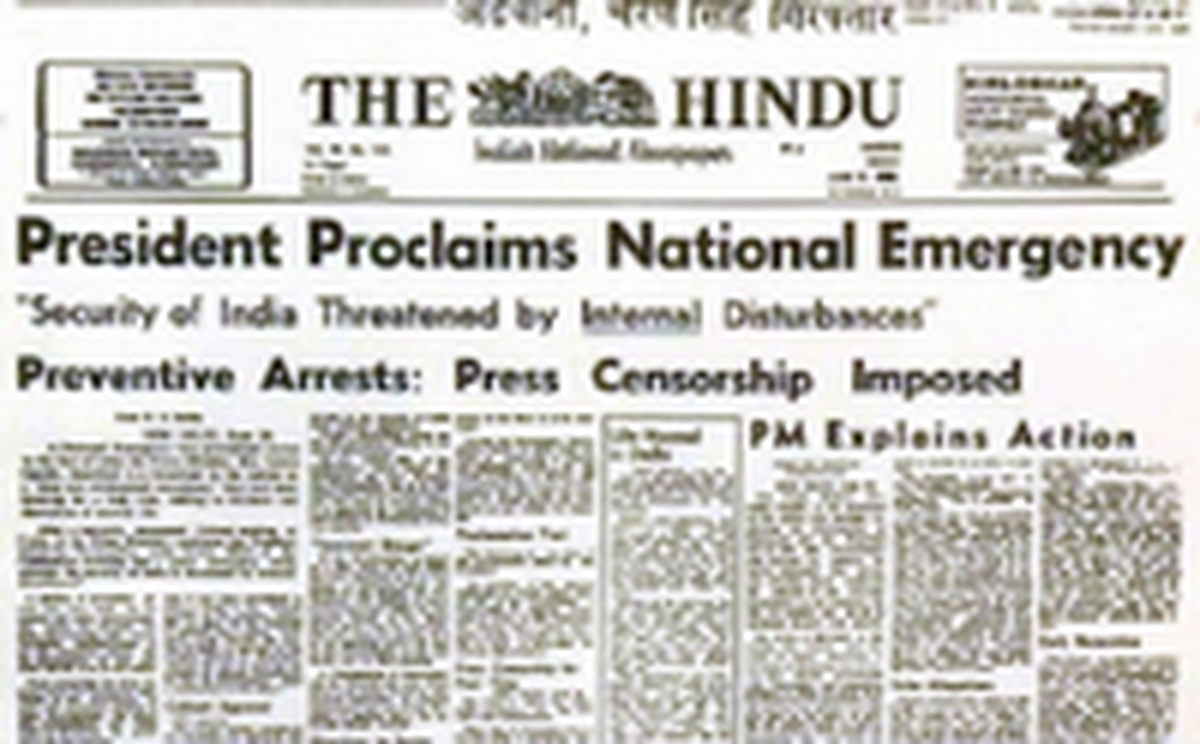
EMERGENCY IMPOSED: The first page of The Hindu dated June 26, 1975, reports President proclaiming Emergency, on its front page.
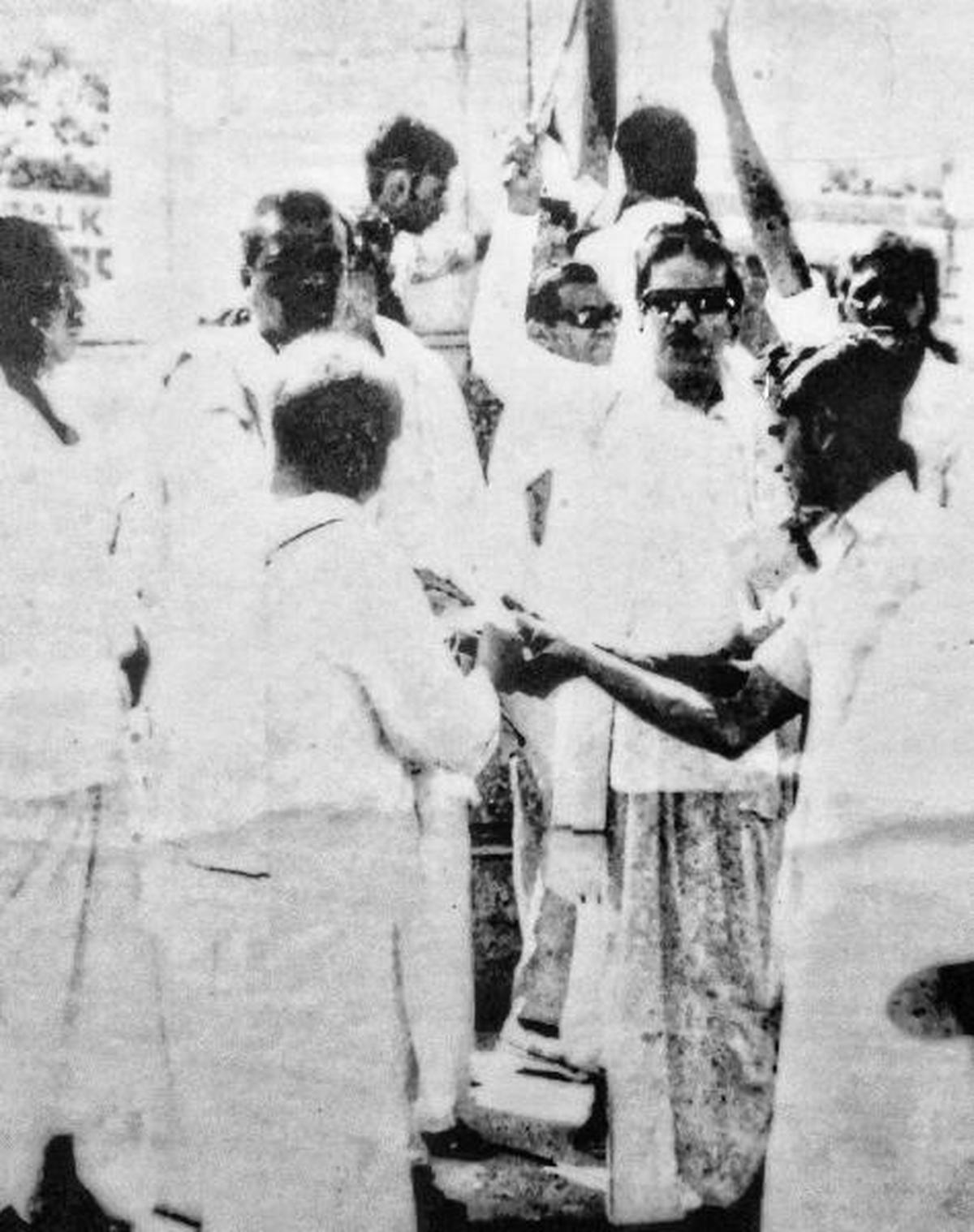
WHEN A CM PROTESTED: Karunanidhi, then the Chief Minister of Tamil Nadu, distributes handmade pamphlets to public near Anna Statue in Mount Road to protest press censorship during Emergency. On July 12, 1975, he addressed a mass meeting on the Marina Beach in Madras, declaring there was neither an internal nor external threat to India and called upon the vast concourse to take a pledge to defend their freedoms. His government was subsequently dismissed. This image was taken from a photo display at Kalaignar Karuvoolam. Photo: M. Vedhan
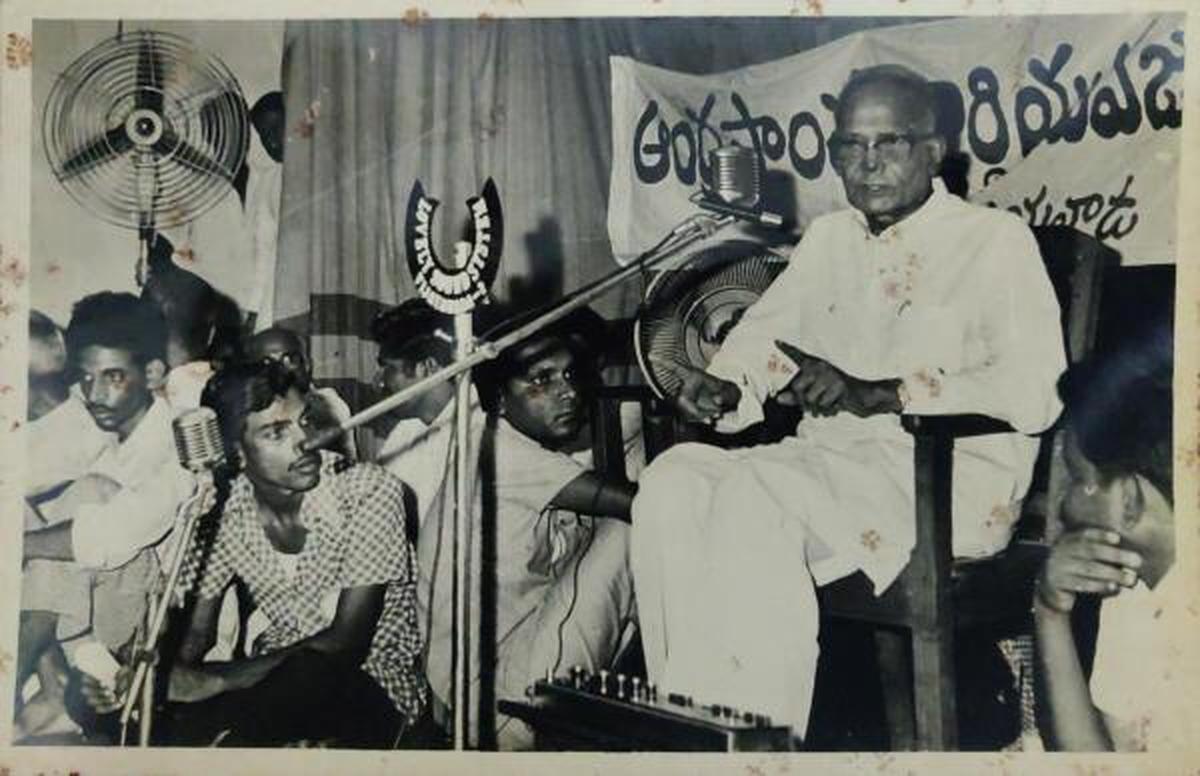
THE STORY OF THE UNSEEN: When JP was addressing a meeting in Vijayawada against the Emergency in 1975, three three youngsters – Yalamanchali Sivaji, Yarlagadda Lakshmi Prasad and Kambhampati Hari Babu – can be seen. All of them became MPs subsequently. Sitting in the audience, but missed in the click is a young man who was among several people arrested for opposing the Emergency. It was M. Venkaiah Naidu, who went on to be the Vice-president of India. This picture was shared with The Hindu by Dr. Sivaji. Photo: Special Arrangement
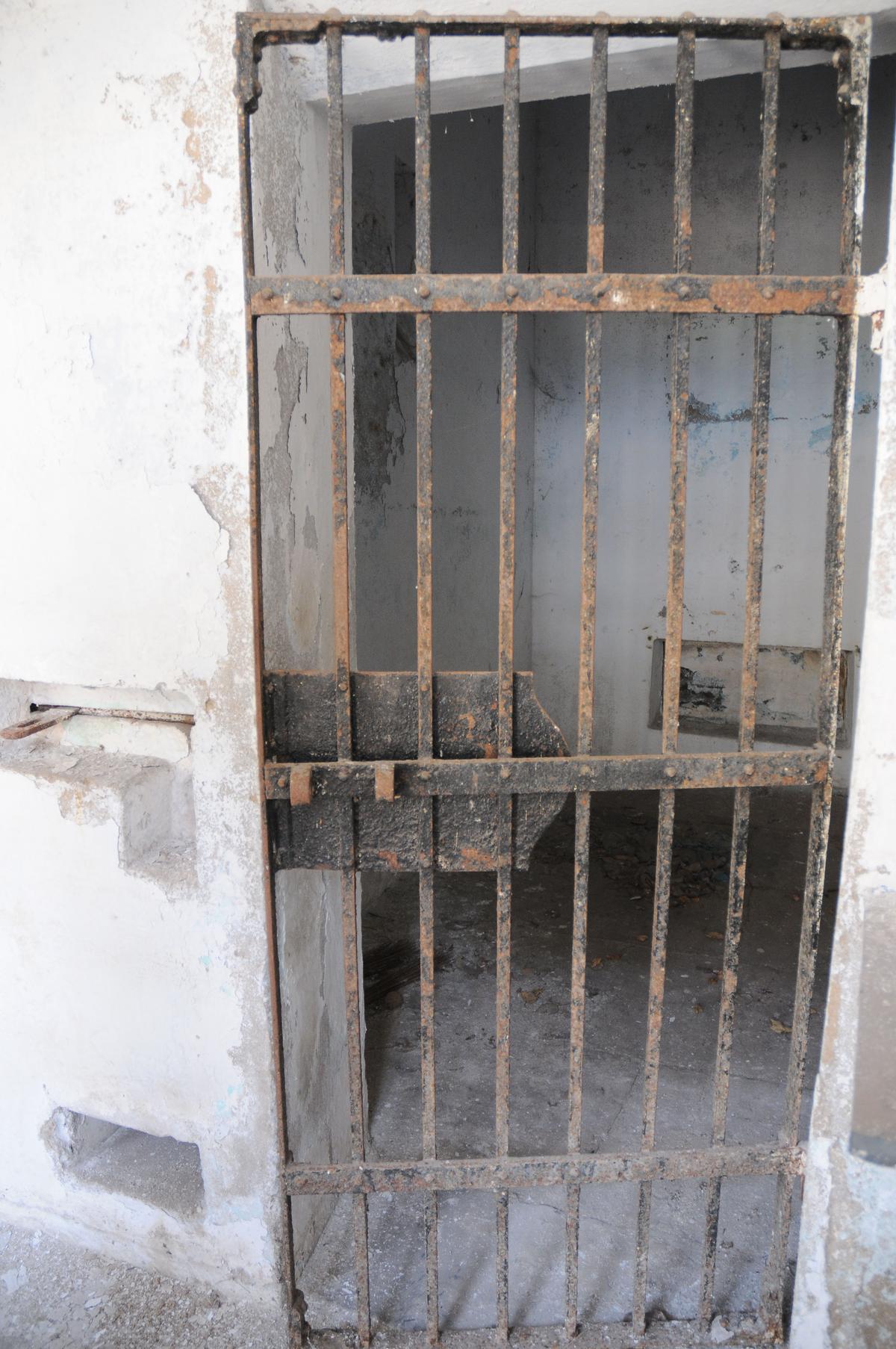
Photo:
VEDHAN M
DMK FACES THE WRATH: Young DMK leaders M.K. Stalin, Arcot Veerasamy, Murasoli Maran were among those detained in MISA. C. Chittibab, former Mayor of Madras, died in custody while trying to protect Stalin. Photo shows the cell at the erstwhile Madras Central Prison where Chief Minister M.K. Stalin was detained under the Maintenance of Internal Security Act during the Emergency.
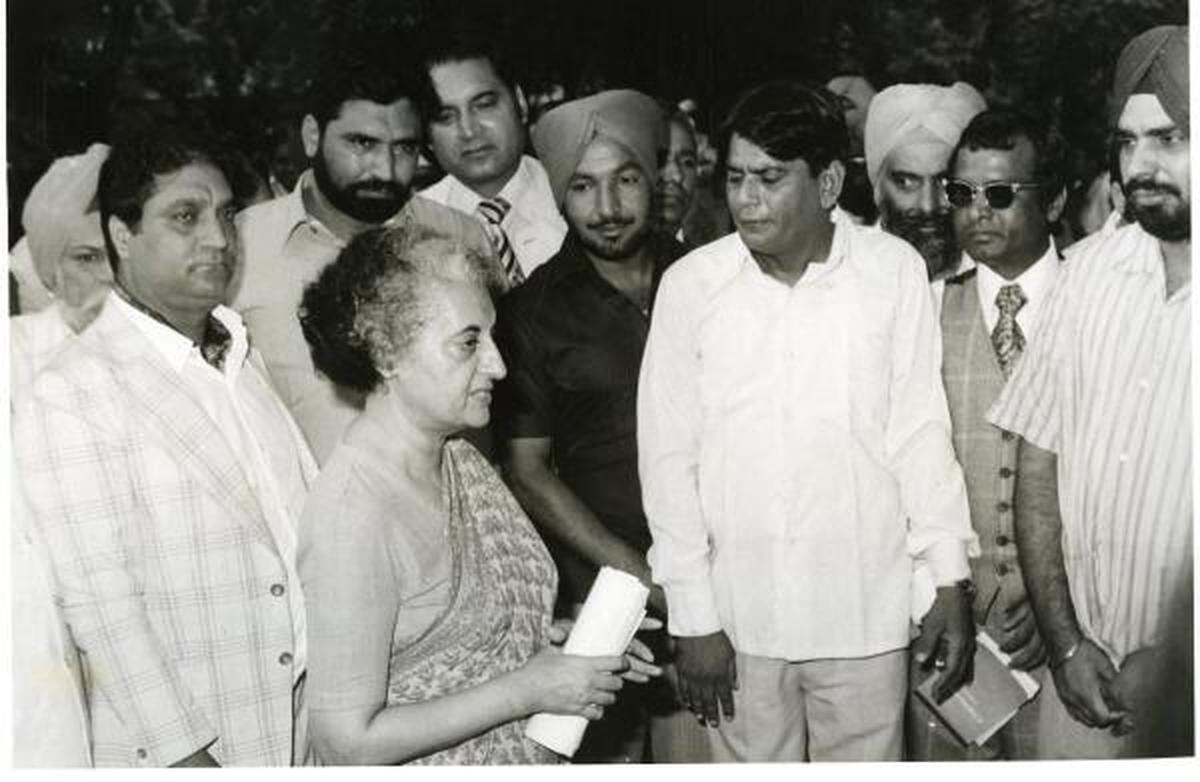
THE GOVERNMENT NARRATIVE: In this image shared by the Press Information Bureau, some of the members of the Indian community in London, called on Indira Gandhi, in New Delhi on September 15, 1975. They had participated in the massive demonstration in support of Emergency measures and against the distortions by the British press and BBC. Photo: Special Arrangement
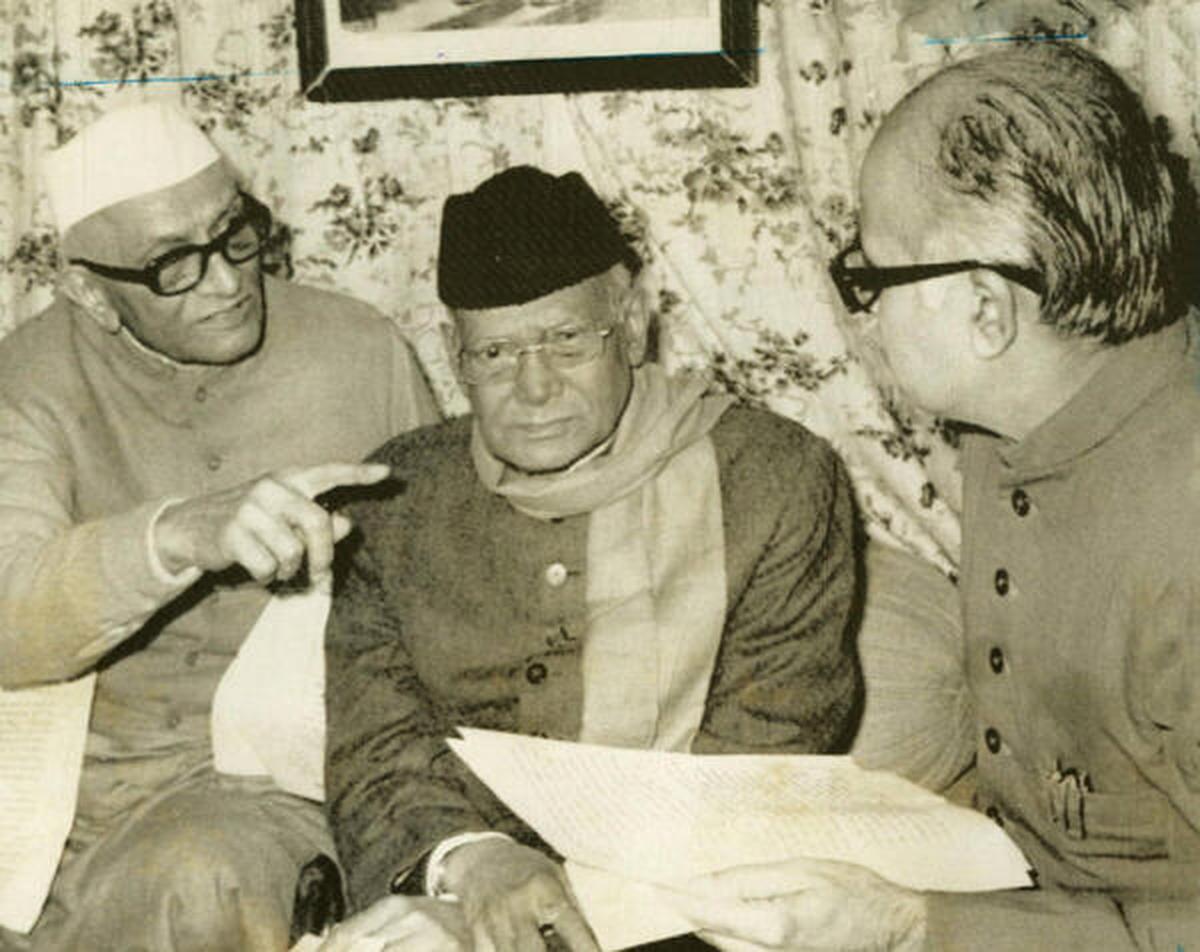
THE JANATA GOVERNMENT: Morarji Desai (left) talking to L.K. Advani (right) while Jayaprakash Narayan watching them, in New Delhi on January 22, 1977. This photograph wouldn’t have been possible prior the Emergency given their political views. But the anti-Congress leaders joined hands to form the Janata government, handing out Congress its first defeat at the Centre. Moraji Desai became the Prime Minister, L.K. Advani, the I&B Minister, while JP chose to stay away from electoral politics. Photo: The Hindu Archives
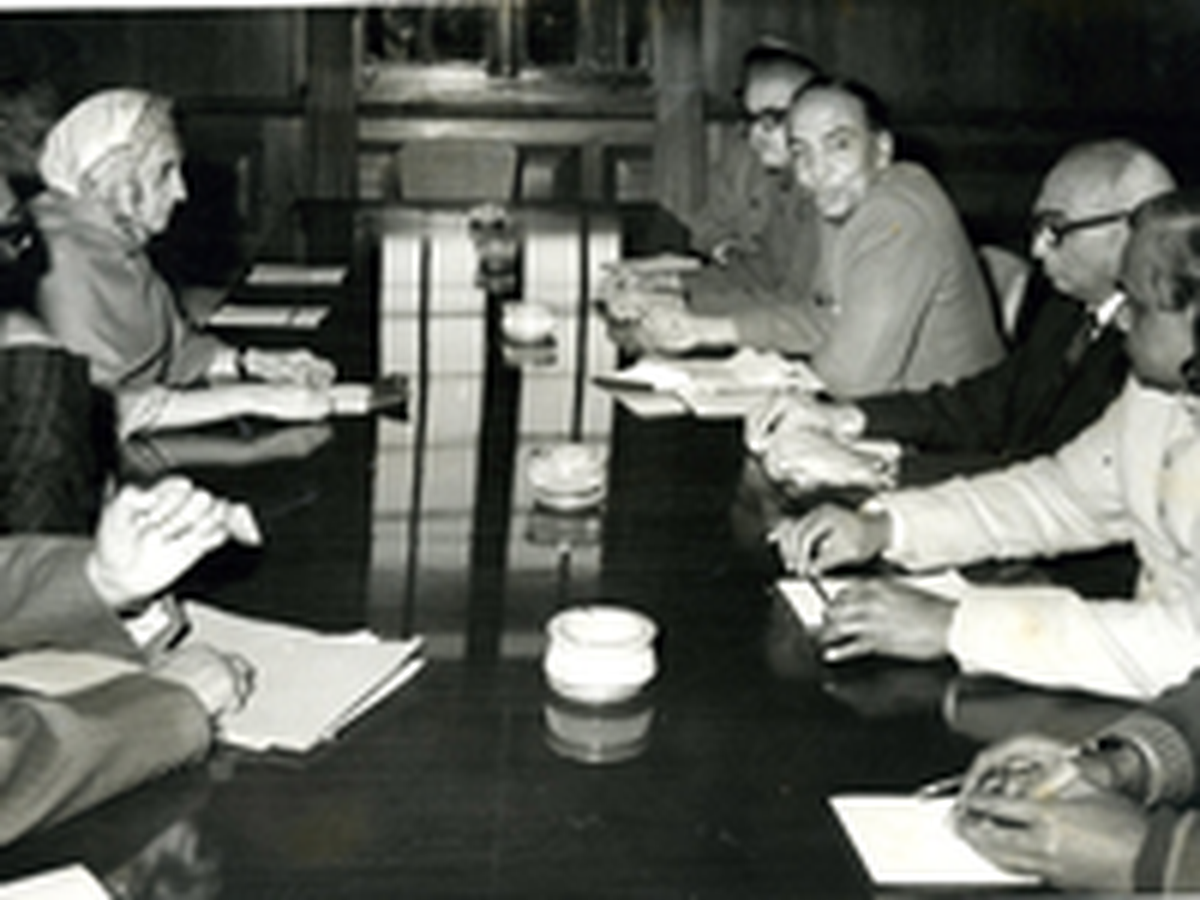
ENDING EMERGENCY: Indira Gandhi called for fresh elections in March 1977 and released all political prisoners. The picture shows Ms. Gandhi meeting leaders of the Opposition parties in New Delhi on January 28, 1977.
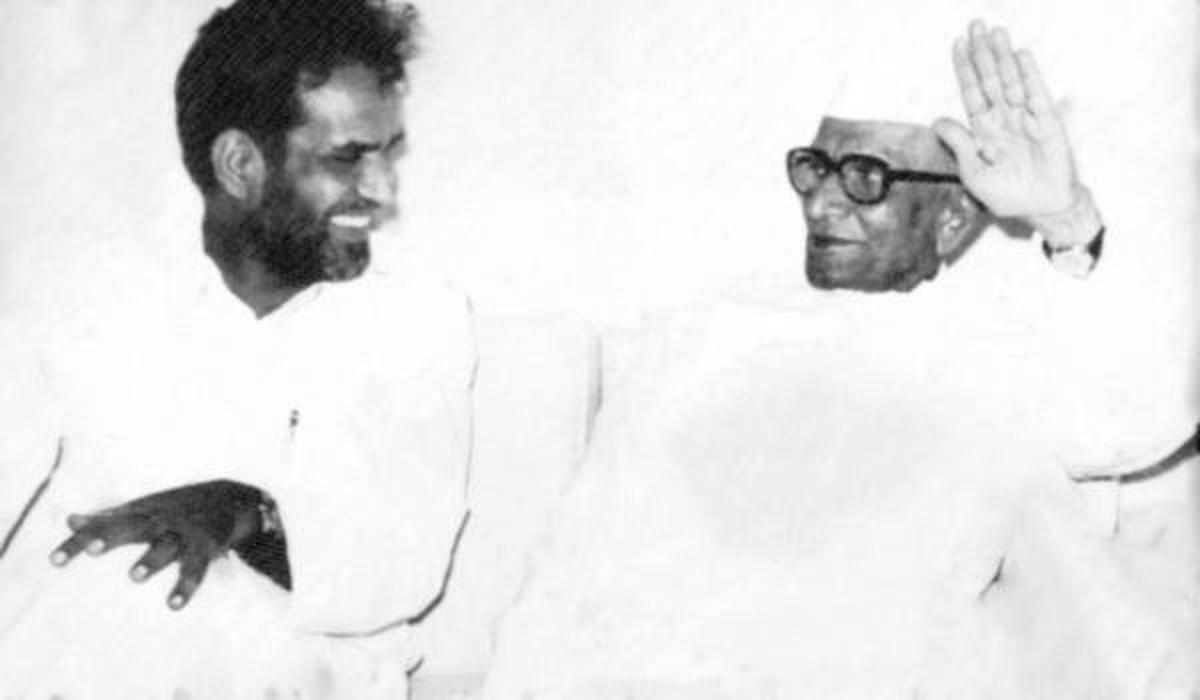
NEW LEADERS RISE: The Emergency gave birth to a new wave of politicians, Chandra Shekhar being a prominent face. He and Atal Bihari Vajpayee, who were ministers in the Janata Government, eventually became prime ministers.
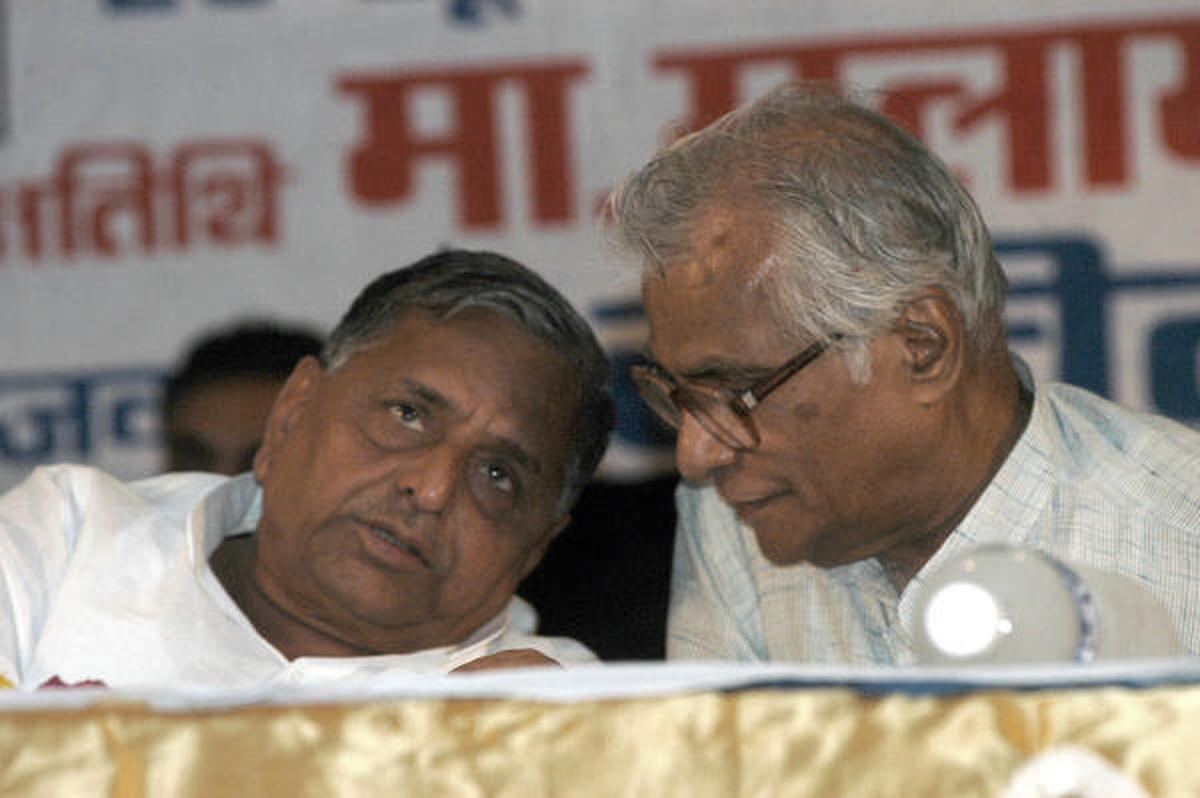
DRACONIAN LAW: George Fernandes and Mulayam Singh Yadav are seen taking part in at a function of remembrance of political detenues of Emergency, in Lucknow, on June 26, 2006. Both the leaders were arrested during the period when the infamous Maintenance of Internal Security Act (MISA) was in force. The Act allowed detention of people without warrants for an indefinite period.
Published – June 26, 2025 04:26 pm IST




